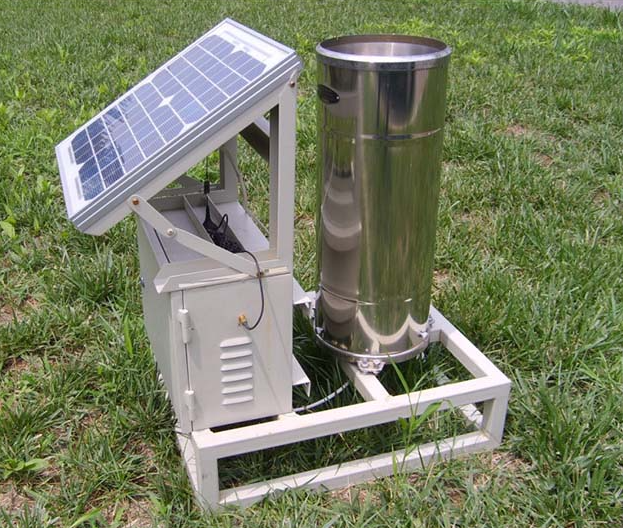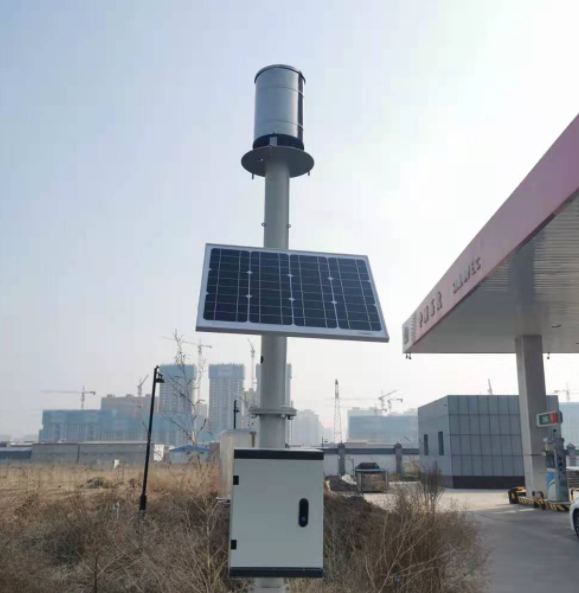Solutions-Flow Transmitter
How to solve the problem when the rainfall sensor malfunctions? This article will tell you!
When it comes to rainfall sensors, I believe everyone is familiar with them. They are used in meteorological stations, national defense, hydro-logical stations, agriculture, forestry, and other places to monitor relevant indicators of liquid precipitation, such as precipitation amount, precipitation duration, and precipitation intensity. They also play a significant role in environmental monitoring. However, even such practical rainfall sensors may encounter faults or abnormalities. So, how to troubleshoot a faulty rainfall sensor? Let's delve into the details below!

How to Solve Rainfall Sensor Failures?
Rainfall sensor failures mainly manifest as deviations in rainfall values, either being much smaller than expected or displaying large rainfall values on sunny days when there is no precipitation. When precipitation occurs but the measured value is much smaller, you should check if there is any blockage inside the rain gauge. If the water flows smoothly, then in most cases, the problem lies with the rainfall sensor itself. When the rainfall value deviation is not significant, such failures can be resolved through calibration. The specific steps are as follows:
1. Remove the metal casing of the rain gauge.
2. Loosen the fixing screws of the tipping bucket adjustment screws.
3. Use a calibration instrument for adjustment. If the rainfall indication is too high, rotate both adjustment screws outward along their axes together. Each full rotation can reduce the indication by 0.3mm; otherwise, rotate the two adjustment screws inward to increase the indication by 0.3mm. Note that excessive inward rotation will not increase the indication but will actually reduce it significantly.
4. After adjustment, pour water for testing multiple times until the indication is accurate.
5. Fix the adjustment screws and reinstall the metal casing to complete the adjustment.
How to Install a Rainfall Sensor?

The rainfall sensor is installed on a cement base with three fastening screws already embedded or can be fixed with expansion screws.
During installation, ensure that the base of the sensor is leveled so that the level bubble is within the central circle, then tighten the nuts and apply grease to prevent rust. Also, check if each tipping bucket flips flexibly.
The cable is introduced through the round hole in the base and connected to the terminal post. The outdoor portion of the cable is inserted into a protective sleeve before being led into the trench. Finally, slip the body of the rain gauge onto the base and tighten the screws.
How to solve rainfall sensor failures? By now, you should have a good understanding of how to troubleshoot rainfall sensor failures!
Rainfall sensors are commonly used in meteorological observatories and weather forecasting systems, where their detection accuracy is extremely important. When a rainfall sensor fails, mastering the methods introduced above will allow you to easily solve the problems encountered!
RELATED NEWS
- Technical Introduction of Reverse Flushing Flow Meter 2025-06-12
- Liquid Level Switch, Level Meter And Liquid Level Transmitter 2025-05-22
- Troubleshooting Methods for Electromagnetic Flowmeters 2025-04-28
- Understanding the Basics of Groundwater Quality Monitoring Data 2025-04-15
- Capacitive Level Gauges vs. Self-Powered Level Gauges 2025-03-19
CATEGORIES
LATEST NEWS
CONTACT US
Contact:Roxy Deng
Phone:+8617794001501
Tel:+8617794001501
Email:527924493@qq.com
Add:Weibin District, Baoji, Shaanxi Province, China
 Roxy Deng
Roxy Deng Roxy Deng
Roxy Deng